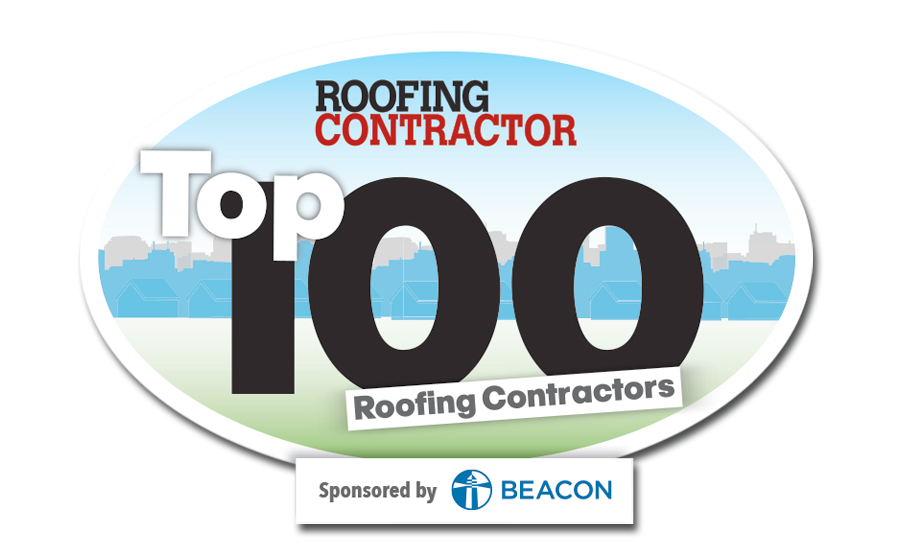Inspection
What to Expect?
Our team will examine your roof for leaks, unusual wear and tear, damage caused by windblown debris, organic growth issues, and other issues that can happen over time to your roof.
Structural Inspection
The inspector will check for uneven roof planes and signs of sagging, in addition to examining the condition of the soffit, fascia, and gutter system. Masonry chimneys should be inspected at this time for cracks, crumbling grout, and damage to chimney caps. The inspector may also check the venting in your attic; improper venting can lead to heat and moisture buildup that reduces roof life and increases the risk of ice dams forming at the roof’s edge.
Material Inspection
Here, the inspector will be looking for loose, missing, or curling shingles; stains; moss; rust; and missing flashing or fasteners. Shingle aggregate that has settled in roof valleys or on the ground at the bottom of gutter downspouts is a sign that the roof could be near the end of its useful life. The inspector will also check the rubber boots and seals around vent pipes, looking for gaps or deterioration.
Interior Inspection
Because roof leaks ultimately damage your home, the inspector will check interior ceilings, the attic, and interior walls for water stains, mold, rot, and other signs that water is making its way into your house.
Workmanship Inspection
A thorough inspector will examine your roof for problems in workmanship that could increase the risks of leaks or other roof damage in the future. Incorrect flashing around roof penetrations—including vent pipes, skylights, and chimneys—would all be red flags.
